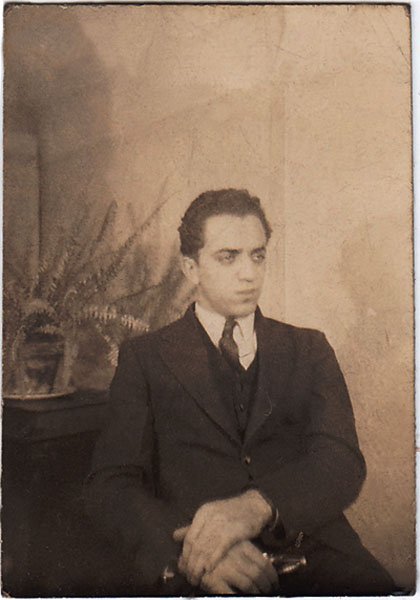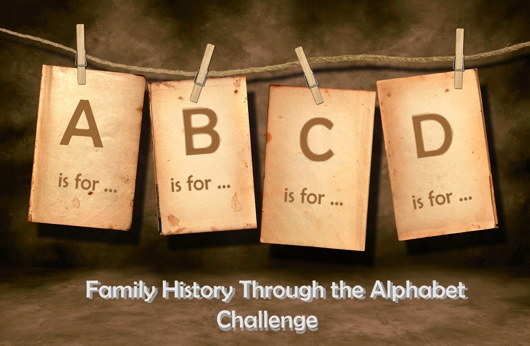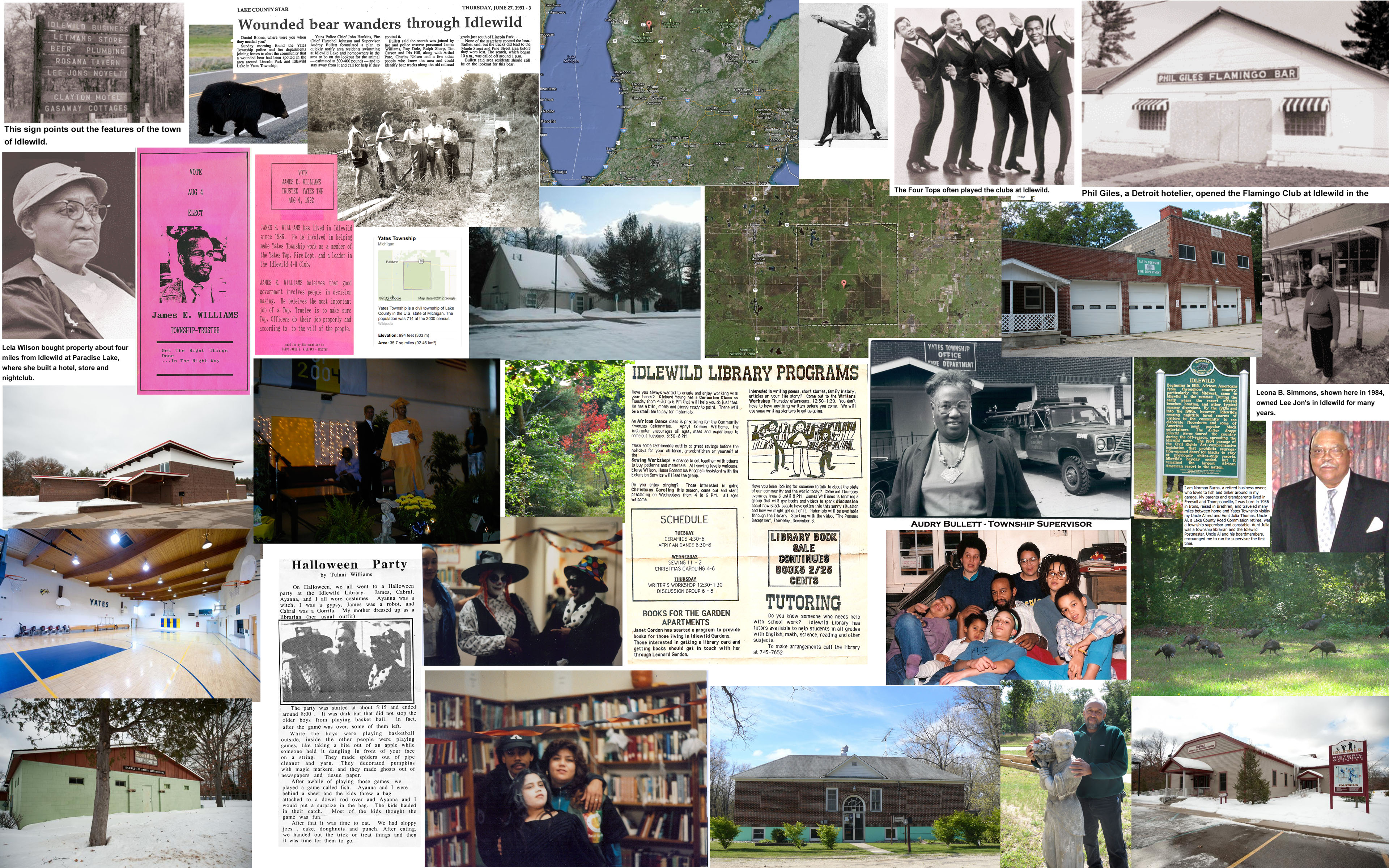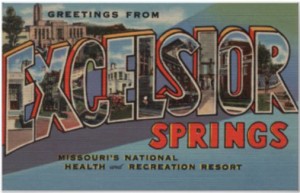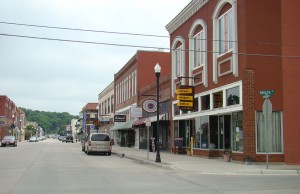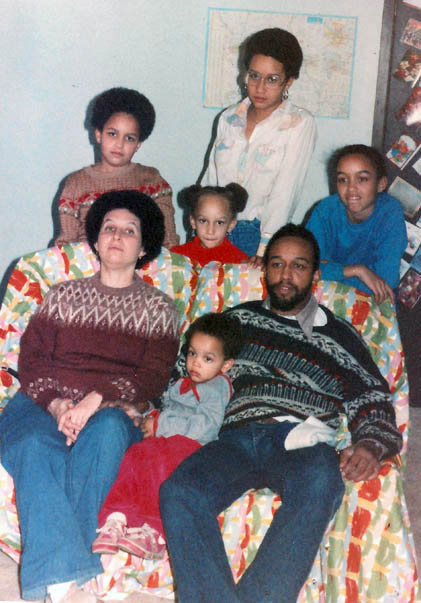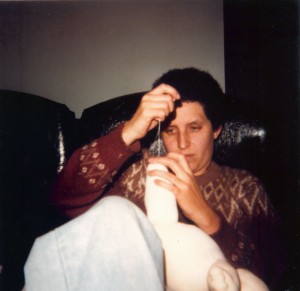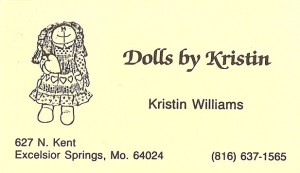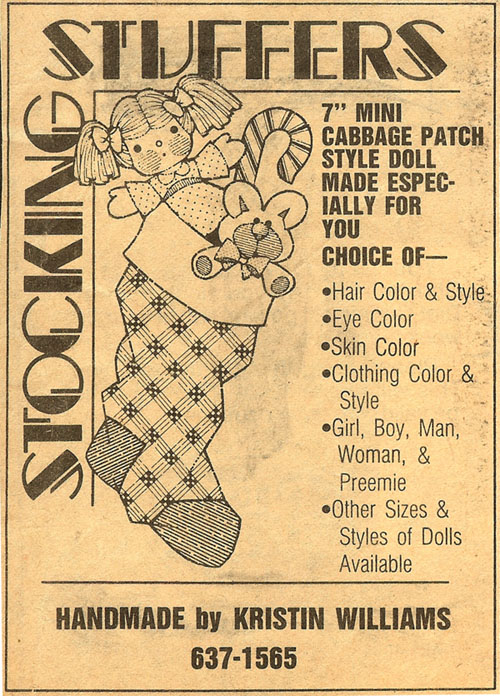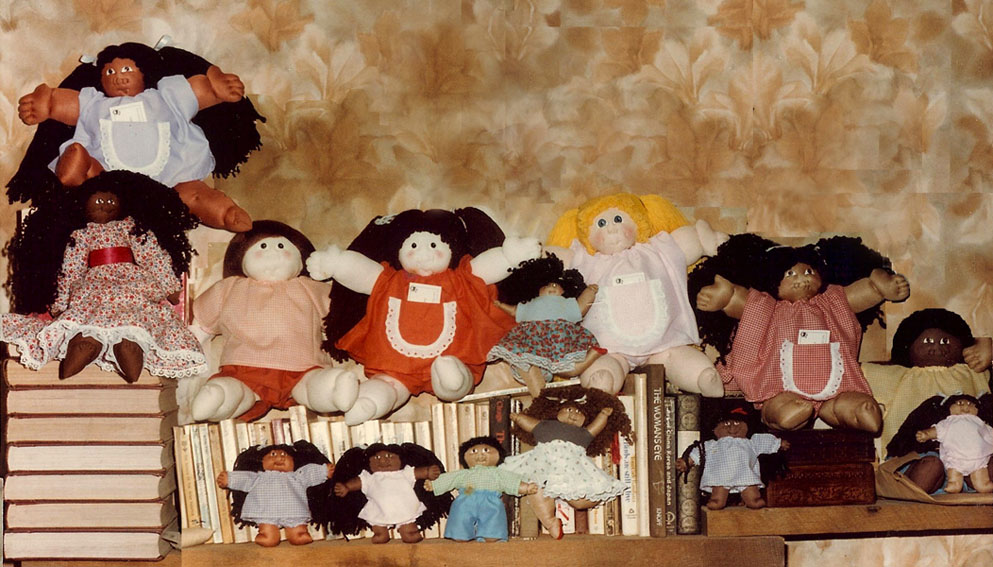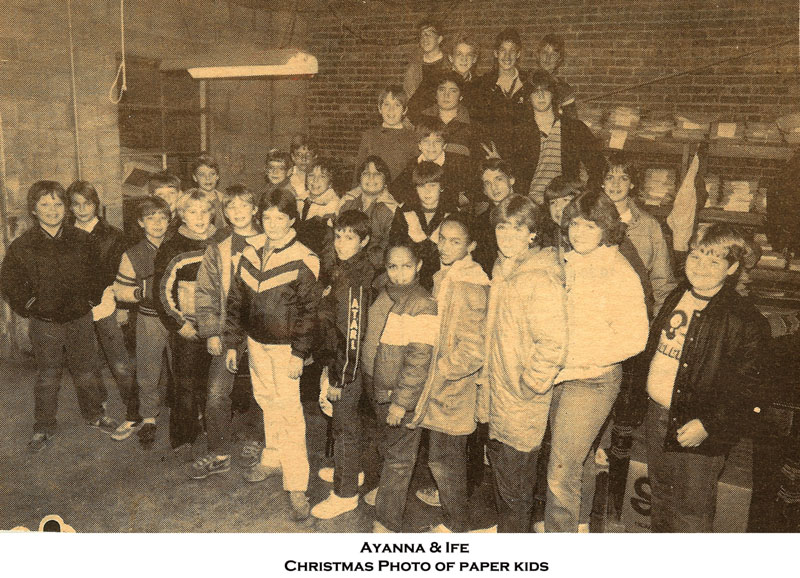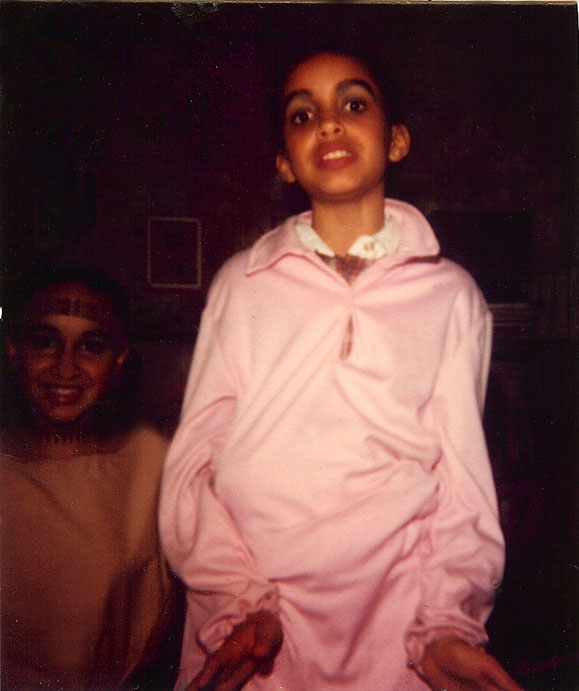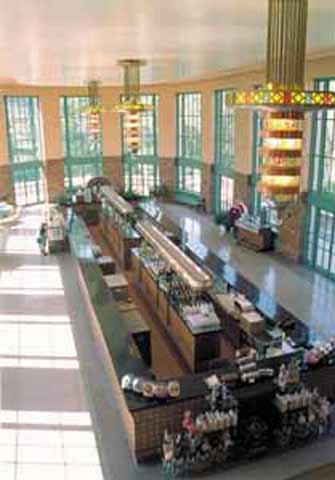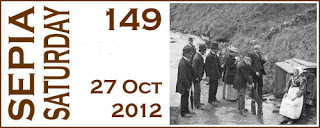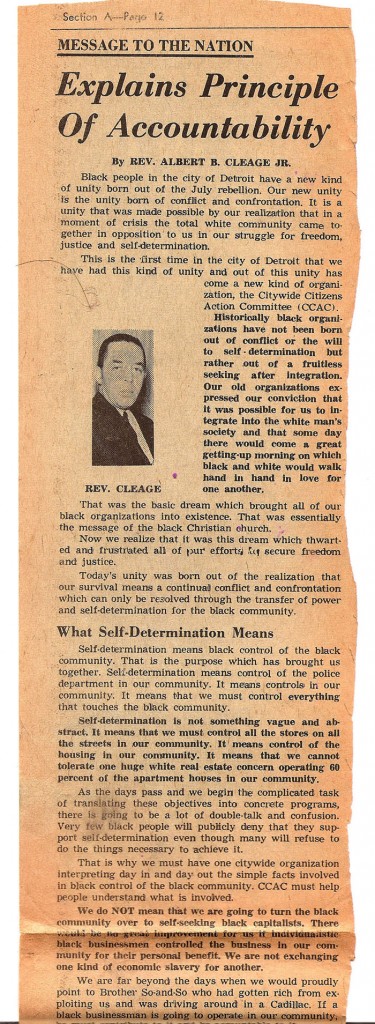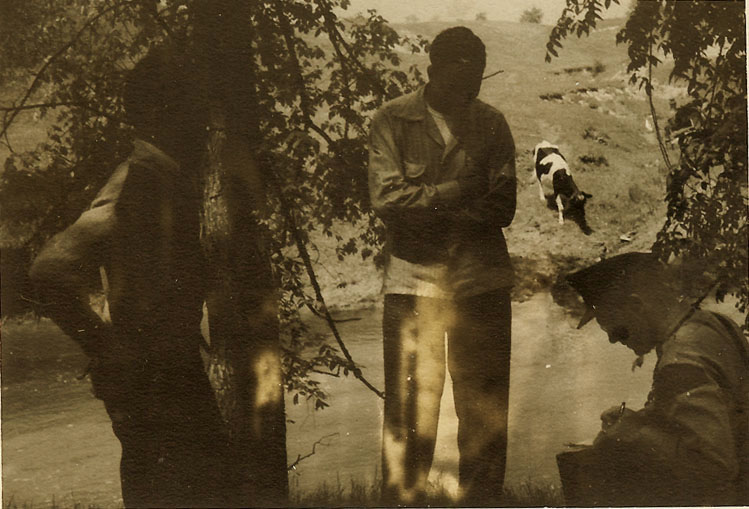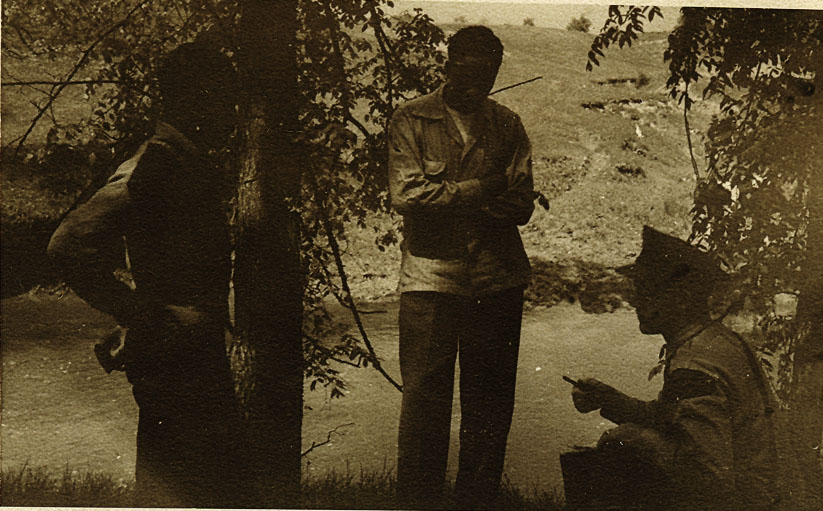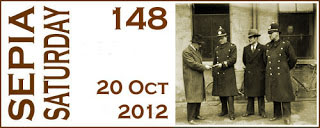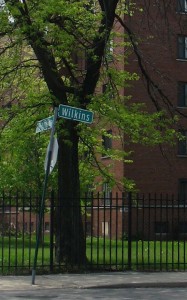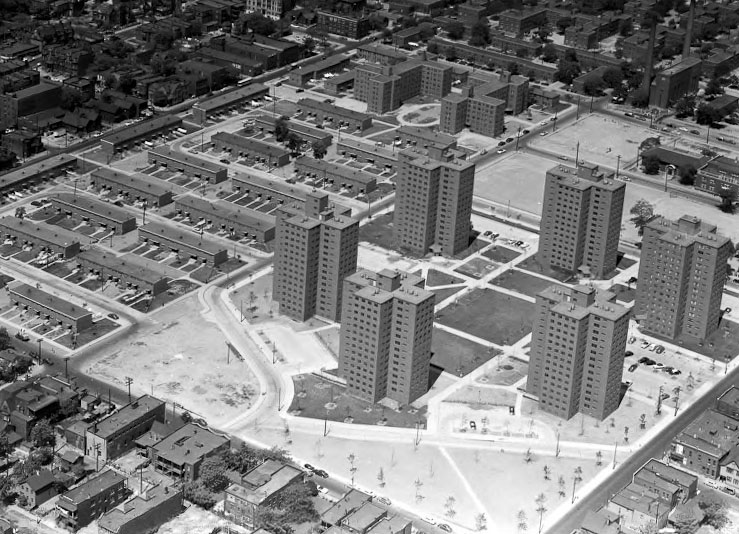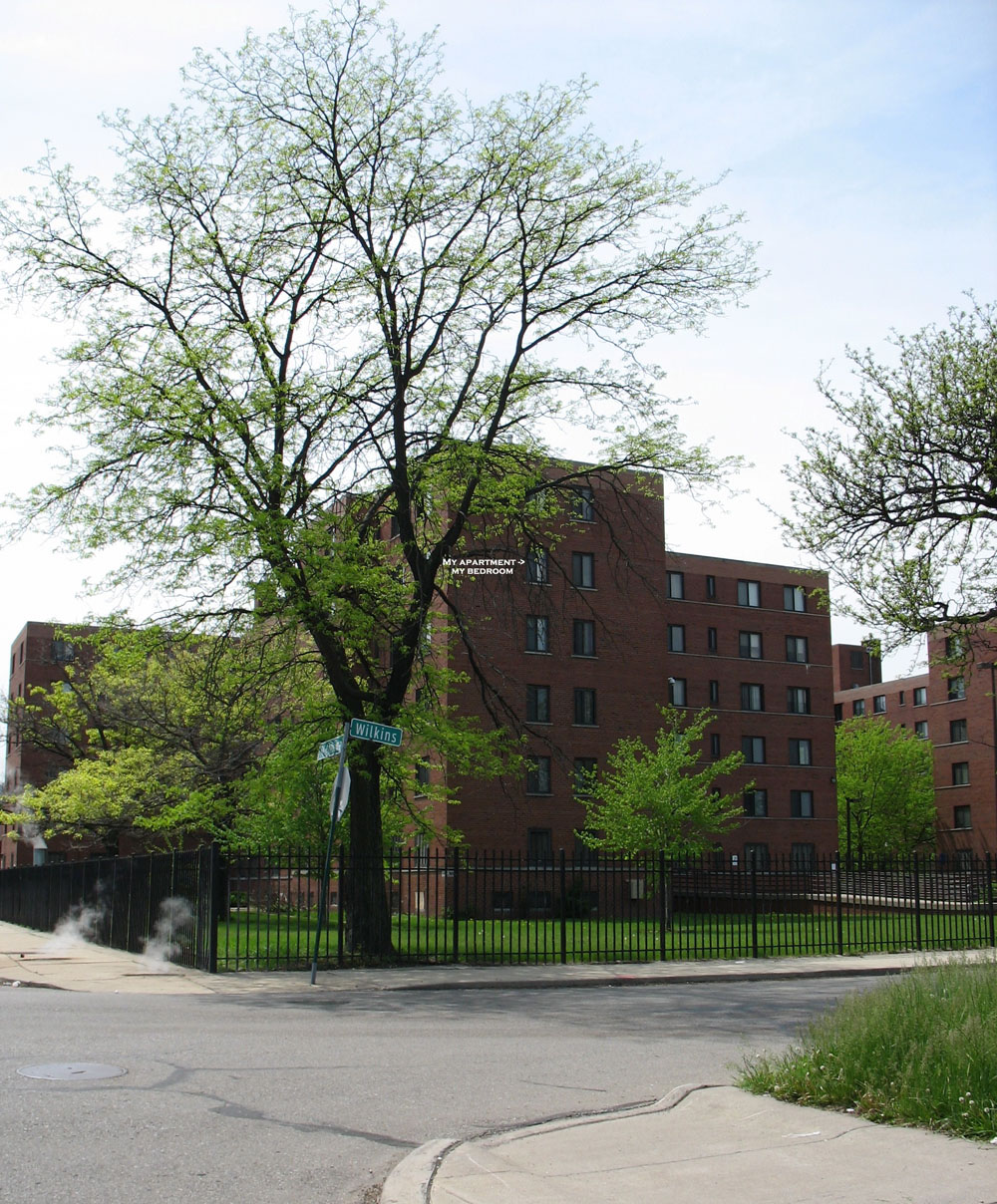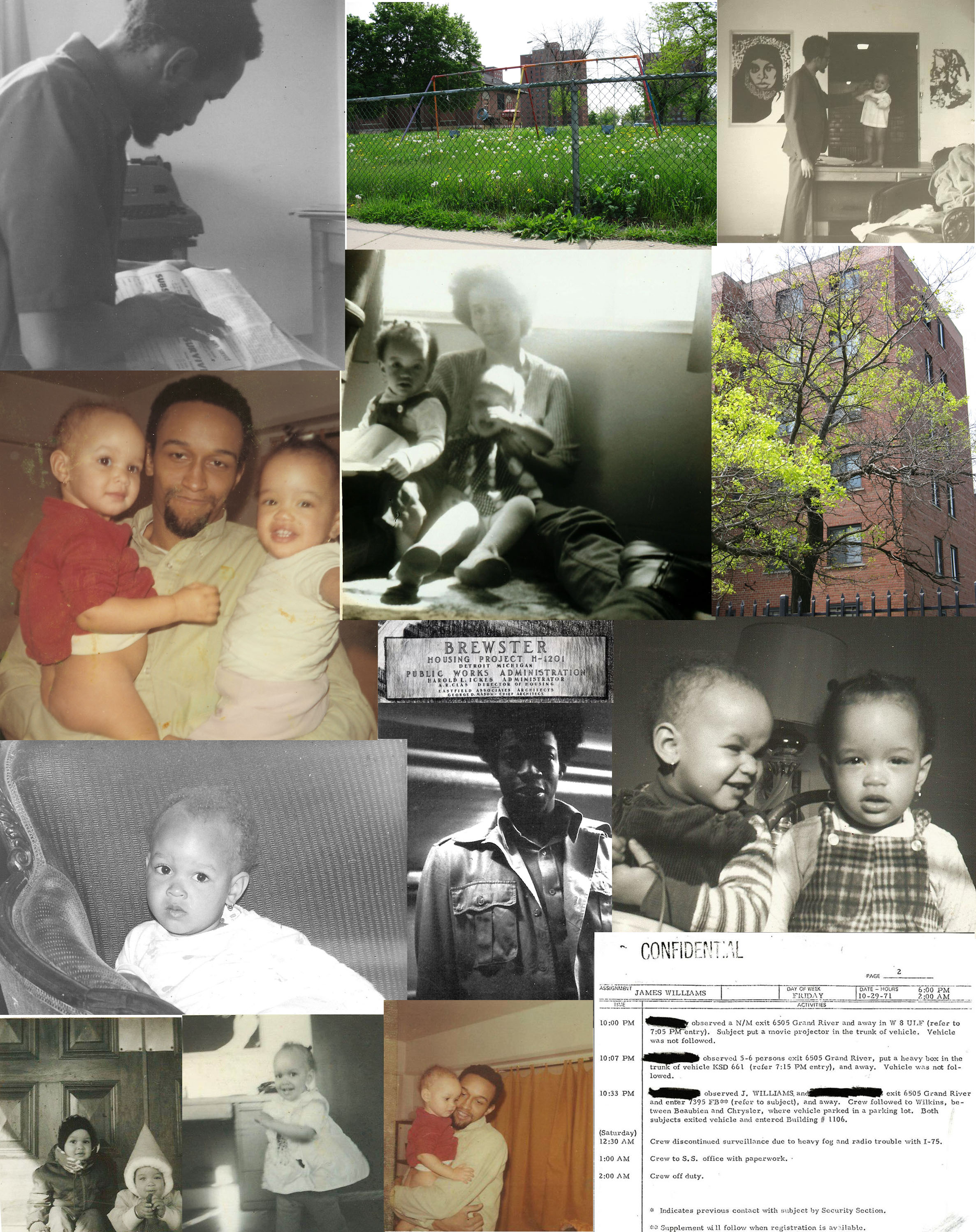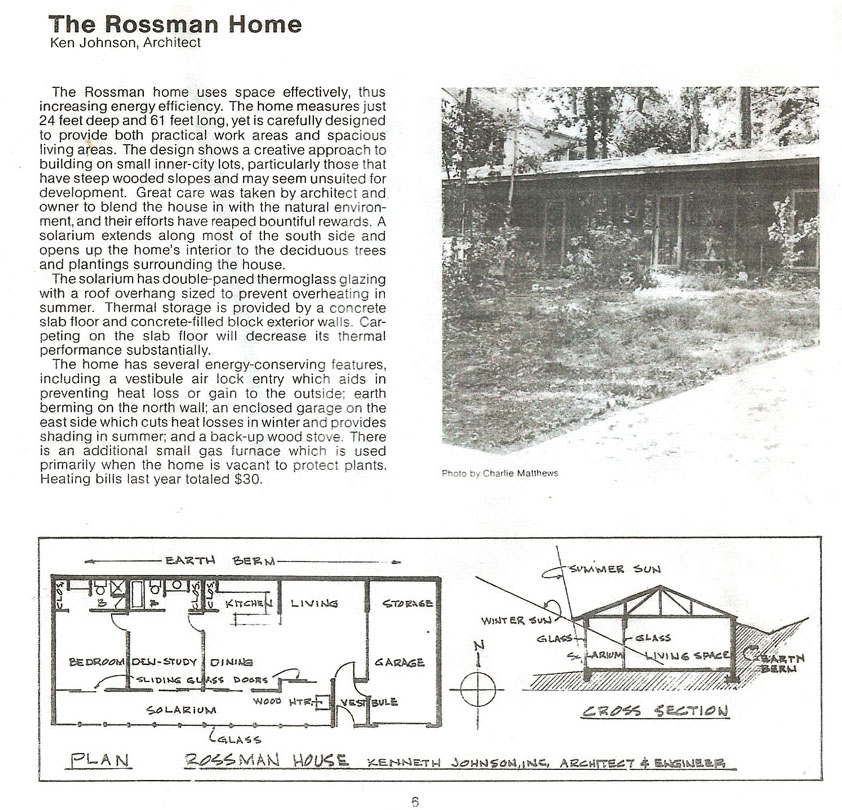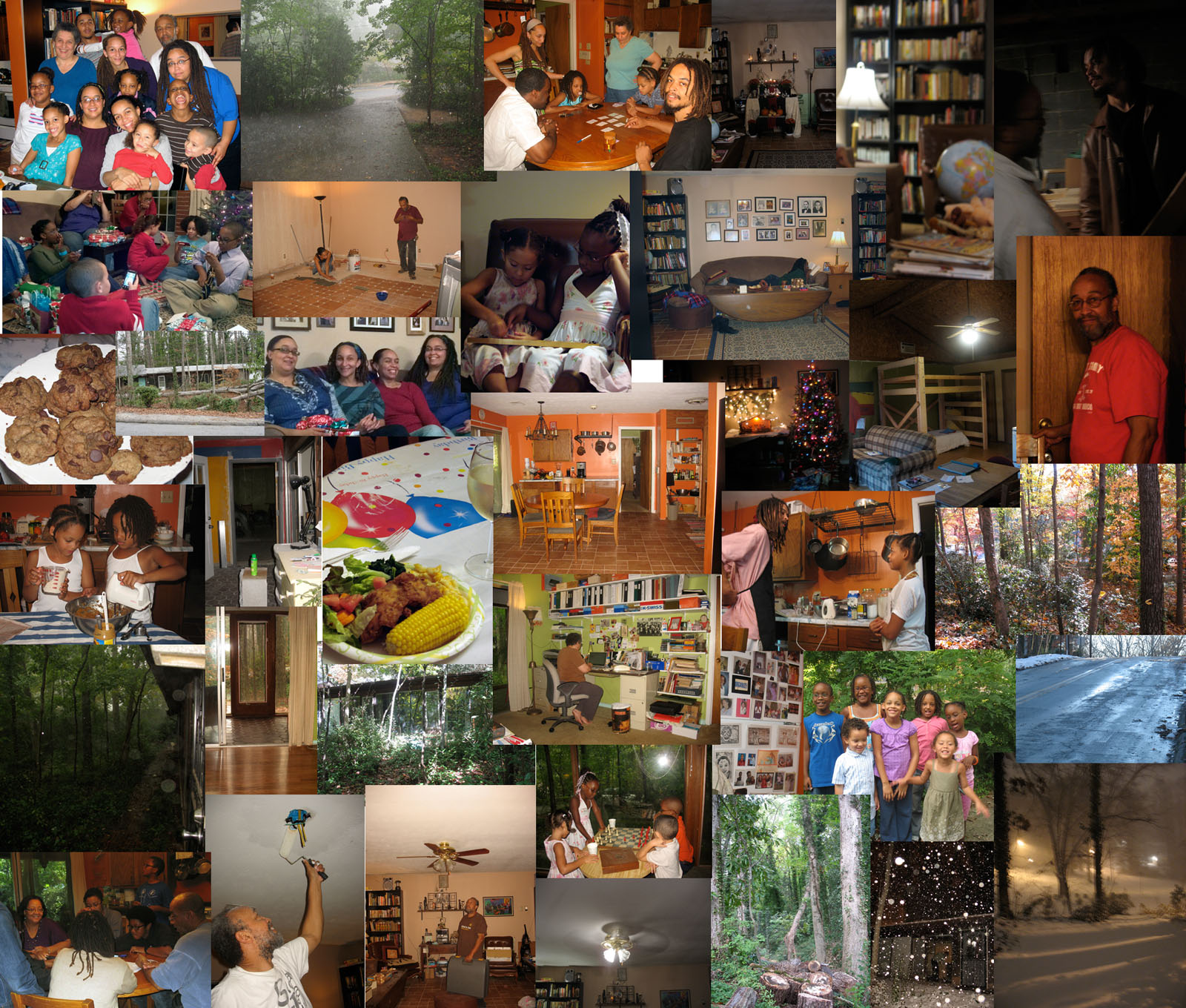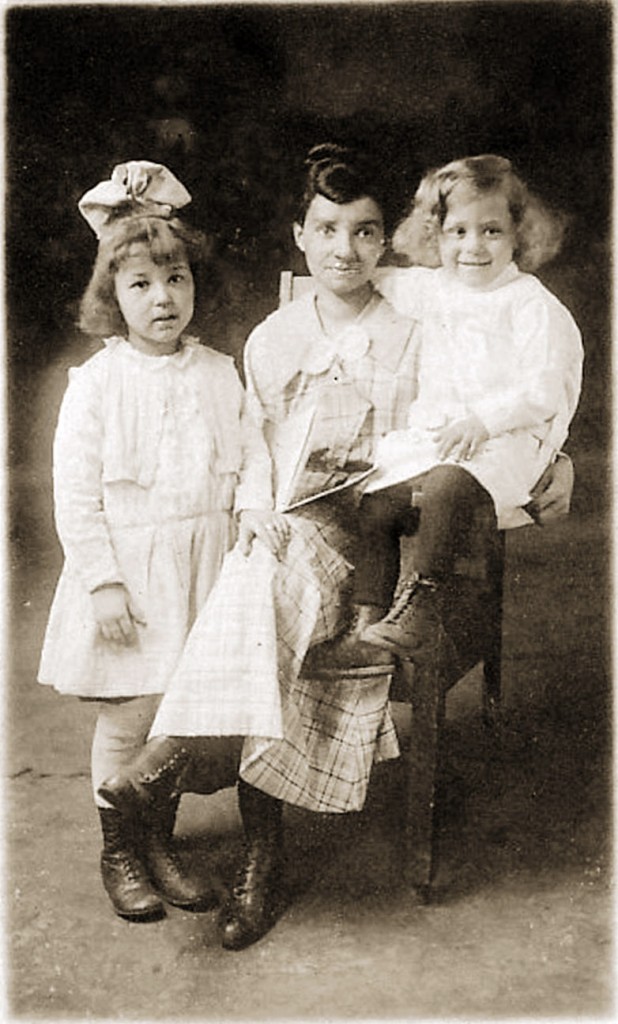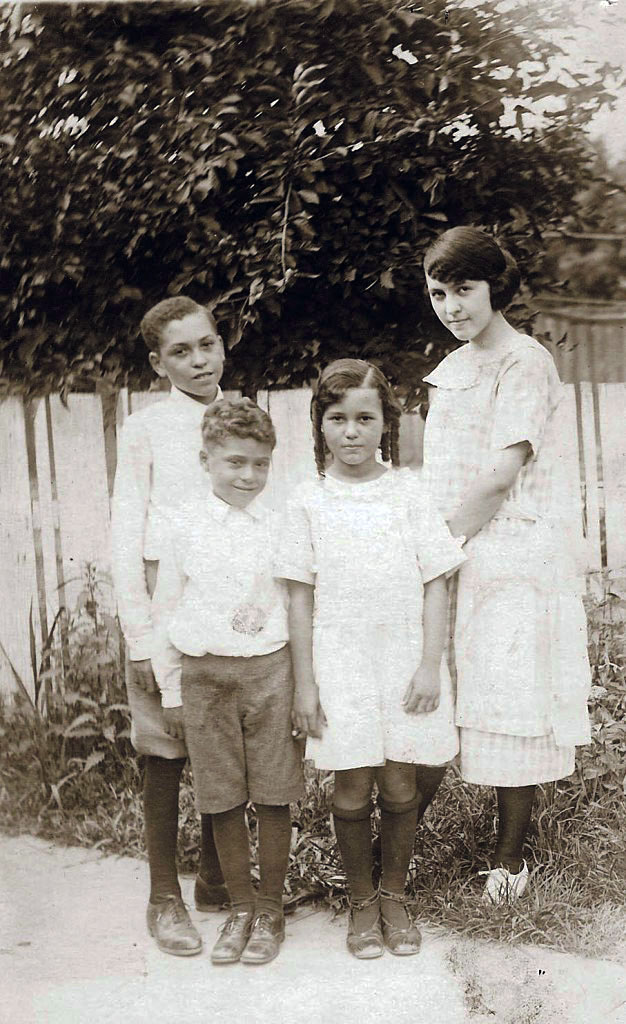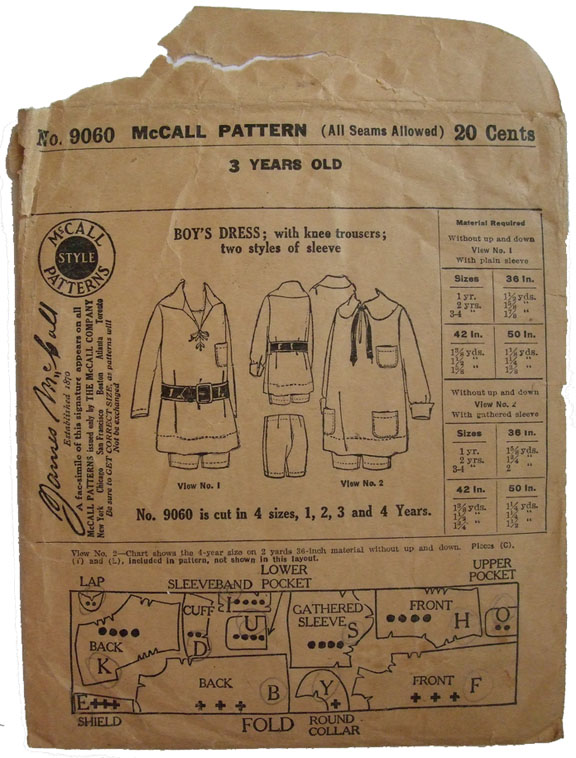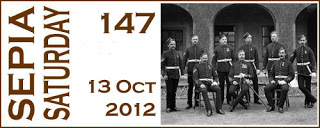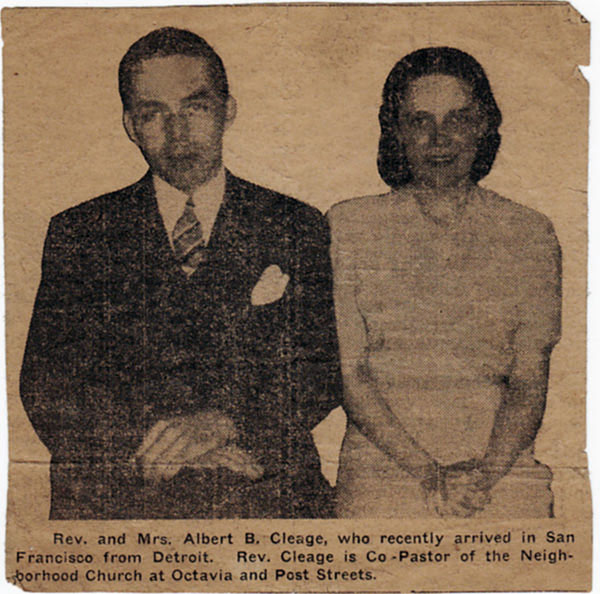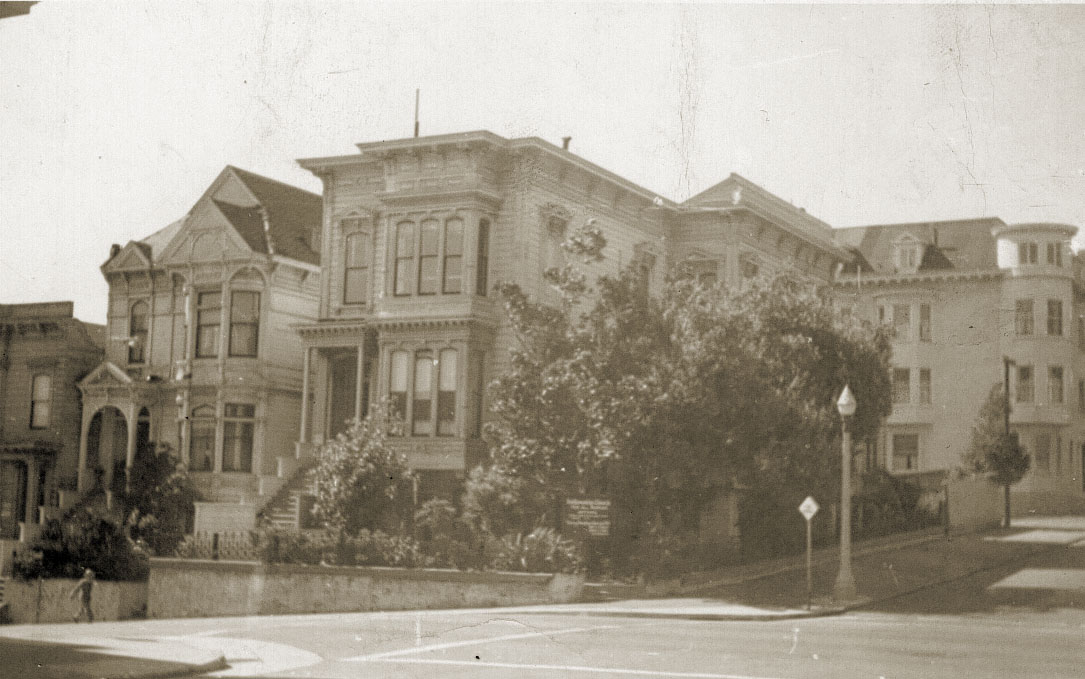Z is for Zamzeewillie
My last post in the Family History Through the Alphabet Challenge. I am really scraping here. I never lived on or in Zamzeewillie. I’m not even sure that’s how you spell it. My daughter Ayanna was the only one who knew the particulars and she can’t remember. She made it up when we she was about 8 years old. It was around the same time that my then 3 or 4 year old son James became friends with the people only he could see. I was never sure if Nice Helmut, Mean Helmut, Nice Tommy and Mean Tommy lived in Zamzeewillie. They always seemed to be just out of sight in the other room. Since there are no known photos of this town and none of the Nice and Mean boys I will have to make do with a photo of Ayanna and James with siblings, in our living room in Excelsior Springs.
I can’t believe it’s really over! And that I found streets and places for all the letters of the alphabet. Mostly 😉 I really appreciate Gould Genealogy.com for hosting the challenge. I don’t think I would have ever written so much about almost every street I ever lived on without it. You can find a list of the 39 blogs that participated here – Family History Through the Alphabet – the Finale.
Y is for Yates Township
We are up to Y on the Family History Through the Alphabet Challenge. I have run out of streets that match the letters of the alphabet but I still have places that match. This week I chose Yates Township. I have already done Idlewild, which is in Yates Township but, there is more to Yates Township then Idlewild and so here we are.
I was the librarian of the Yates Township library for a short time. My husband ran for Yates township trustee. Unfortunately he lost. He served on the Yates Township Fire Department for a number of years. He ran a recreation program out of Yates Middle School gym for several years. My youngest son graduated from the alternative education program that ran out of the former Yates Middle school after several months of classes as a grand finale to his home schooling. Two of my daughters attended Yates Middle School before we began homeschooling and before the middle school moved to Baldwin. We had our own policeman for awhile. I could tell you stories of politics and intrigue about the Yates Township government, but I just don’t have the heart. I did include a photo from the distant past of Lottie the Body, exotic dancer who entertained the crowds back in the heyday of entertainment.
X is for eXcelsior Springs
We are up to X on the Family History Through the Alphabet Challenge. I continue my trek through streets in my life. I admit that I had to cheat for this letter. I have never lived on a street or in a place or even visited one that started with an X. I did live for three years in eXcelsior Springs, Missouri though. Today I will remember my time there. By happy coincidence, the theme for Sepia Saturday #149 is healing waters, which is what eXcelsior Springs was once famous for. It is still home to the longest water bar in the world.
In the fall of 1983 we moved to Excelsior Springs, Missouri from St. John Road, rural Mississippi. My husband Jim had heard from a friend about an opening at a new Job Corps Center opening in eXcelsior Springs. He had several siblings in nearby Kansas City and even more relatives in St. Louis, 4 hours away. He was hired as weekend residential supervisor and began work during the summer of 1983. Several more months passed before he found a house for us to move into. It was on the side of one of the many hills that made up the town and in the towns very small black community. Down the street was the empty former black school from back when schools were segregated in Missouri. There was no segregation in 1983.
The population of eXcelsior Springs was 10,000. Our house was within walking distance of the children’s schools, my husband’s job and downtown. Unfortunately downtown was moving store by store out to the edge of town to a strip mall across from the new Walmart store, which was not within walking distance. Still, there was a department store, a small grocery store, a drugstore and a florist that we could walk to. Our only transportation, aside from our feet, was a pickup truck with a camper on it and a stick shift that we drove from Mississippi. Later my brother-in-law left us his Rabbit while he was overseas in the service. There was also a van that fell to pieces almost as soon as we bought it, very cheaply I must say.
Living on the side of a hill gave us a great view of the trees and houses during the changing seasons. In the winter, though, the roads were snowy and icy. I had learned to drive in the south and was not used to winter driving. When the first heavy snow fell, I went out in the yard with the kids and played in it. We couldn’t understand why none of the neighbors were out there. After several more years, snow didn’t seem so glorious. Still nice though.
I had learned to make soft sculptured dolls that were called “Adoption Dolls” in Mississippi. When these type of dolls began to be mass produced they became the “Cabbage Patch Dolls.” The original dolls were 36 inches tall but I made a smaller pattern that turned out to be the same size as the “Cabbage Patch Dolls”. I also designed a small, 6 inch doll, that I soft sculptured using the same technique. This was very lucky because Christmas of 1983 was the year that there were not enough of the manufactured dolls to go around. I sold dolls through several gift stores both in eXcelsior Springs and in Kansas City. I sold to individuals too. I was sewing dolls day and night. There were boxes of doll heads and arms and legs in the living room. The children helped stuff parts. My husband helped stuff. A sister-in-law came and helped stuff. I put an ad in the local paper and more people came to me through that. There were so many orders I was up all night Christmas eve finishing up my own children’s dolls. The money came in very handy to winterize our wardrobes – “Moon” boots, winter coats, scarves, cloves – we needed all of that.
The three oldest had jobs. Jilo baby sat the neighbor’s kids after school until their mother got home from work. Ife and Ayanna had paper routes. I still remember the icy time when I helped Ife deliver her papers and we were practically crawling down the icy slope to the house when a boy came up and offered to take it and just hopped down there like a young mountain goat. I remember the food co-op I belonged to and selling dolls at the Fishing River Festival. I remember the wonderful Community Theater. Jilo and Ife were both in several of their productions. I remember walking to the evening elementary school Christmas Program with my kids and the neighbor kids. Jim was working 40 hours weekends so he missed it. The audience sang Christmas carols at the end and we walked home in the dark. I remember walking for exercise on the path down by the Fishing River, sometimes with my friend Roberta. I remember our first Christmas when we waited until Christmas Eve to buy our tree and there were no trees to be had. I remember usually having several extra kids at the house and discovering “Prairie Home Companion” and Mercedes Sosa on NPR. I remember James imaginary friends “Nice” Tommy and “Mean” Tommy, “Nice” Helmut and “Mean” Helmut and Ayanna’s town of Zamziwillie. I remember Ayanna losing one of her boots on the way home from school. The kids were sicker in this town than anywhere else we lived. Tulani had pneumonia, Ayanna had vomiting that wouldn’t stop, there were warts and ear aches. Doctors and hospitals. One thing I don’t remember is the taste of the various waters from the healing springs because I never drank any. What a wasted opportunity.
Accountability – Article by Jaramogi Abebe Agyeman/Rev. Albert B. Cleage, Jr.
The following article on accountability was written by the late Jaramogi Abebe Agyeman, formerly the Rev. Albert B. Cleage, Jr., the founder of the Shrines of the Black Madonna of the Pan African Orthodox Christian Church, for his weekly column, “Message to the Black Nation.” It was published in the Oct. 14, 1967, issue of “The Michigan Chronicle,” Detroit’s oldest black newspaper.
His column began informally with two articles that he wrote in the wake of the 1967 Detroit Rebellion, which were published in the Aug. 12 and Aug. 19, 1967, issues. The first was headlined “The Message’/We Must Control Our Community” and the second was headlined “Transfer Power To End Violence.” The following week, on Aug. 26, his column formally began under the “Message to the Black Nation” title, but the “Black” was omitted in the Oct. 14 column, apparently due to a typographical error. It ran for the next two years, with only occasional breaks, such as when he vacationed in Mexico in December 1967. It was usually published on p. A-12, but sometimes on p. A-16.
In the beginning of this column, he refers to the Citywide Citizens Action Committee (CCAC), which was a broadly-based coalition of black organizations and individuals that was formed at a public meeting held in the 13th-floor auditorium of the former Detroit City-County Building, now the Coleman A. Young Municipal Center, on Aug. 9, 1967. CCAC was disbanded the following year. — Paul Lee.
MESSAGE TO THE NATION
Explains Principle Of Accountability
By REV. ALBERT B. CLEAGE, JR.
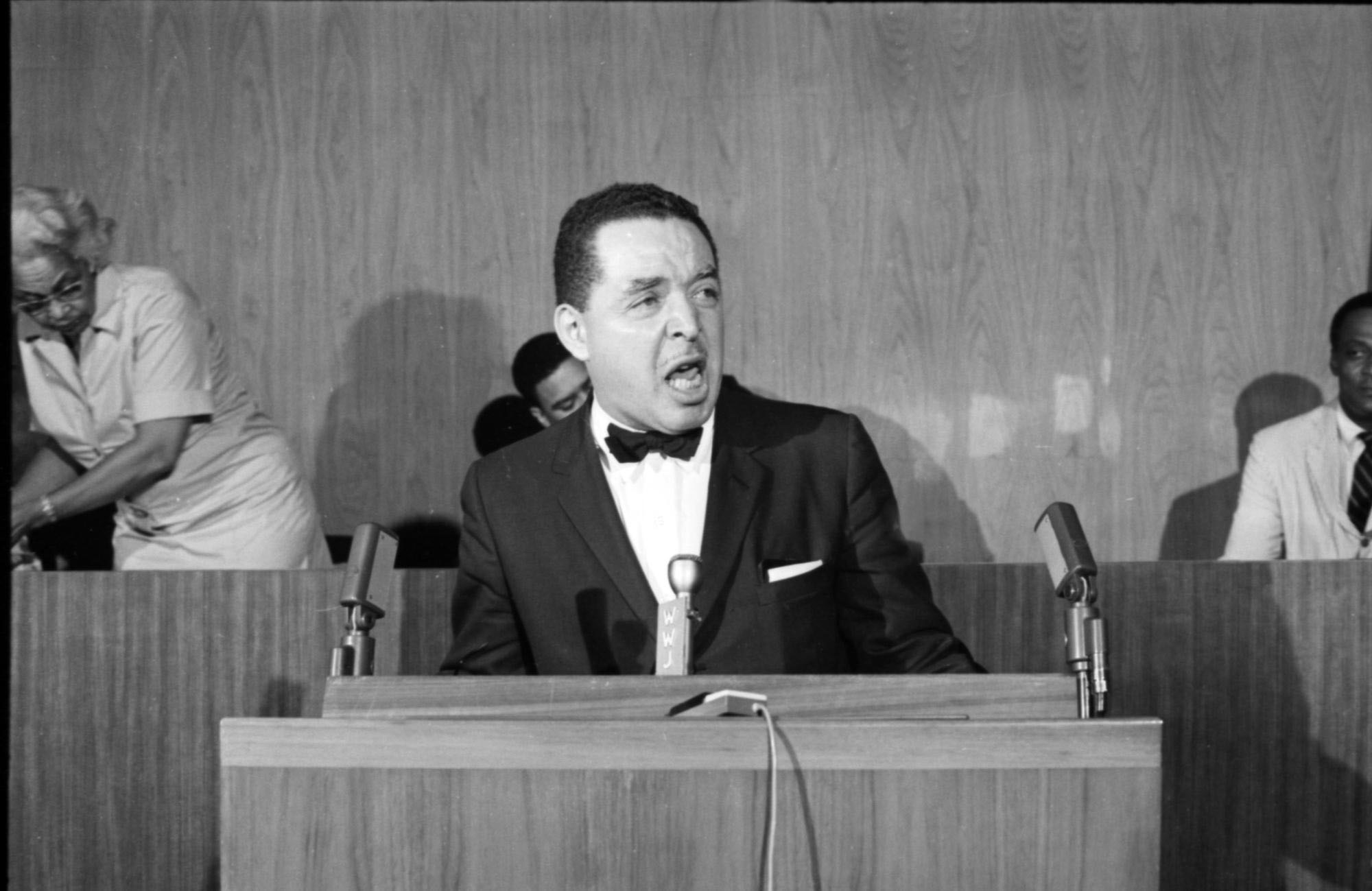
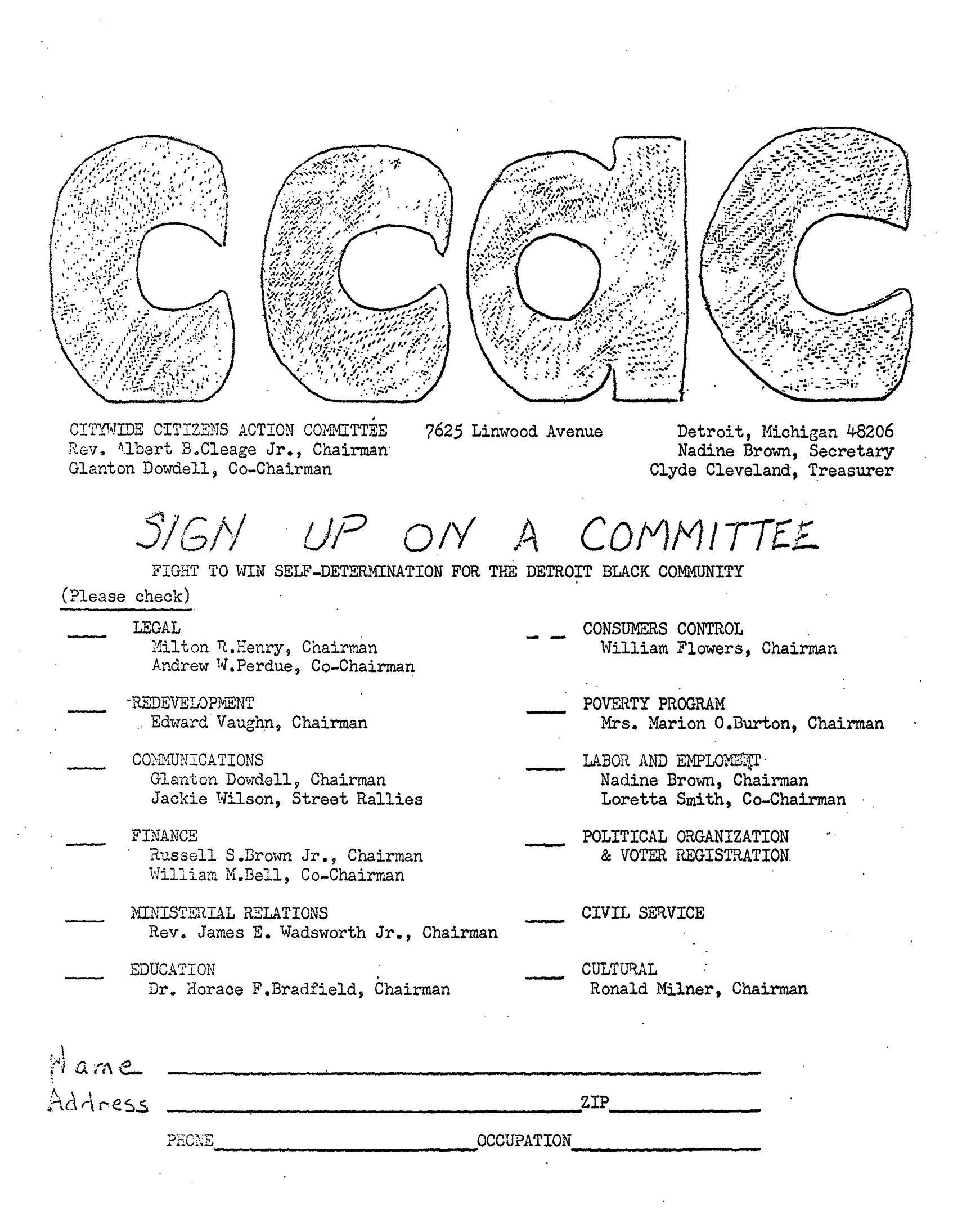
Black people in the city of Detroit have a new kind of unity born out of the July [1967] rebellion. Our new unity is the unity born of conflict and confrontation. It is a unity that was made possible by our realization that in a moment of crisis the total white community came together in opposition to us in our struggle for freedom, justice and self-determination.
This is the first time in the city of Detroit that we have had this kind of unity and out of this unity has come a new kind of organization, the Citywide Citizens Action Committee (CCAC).
Historically black organizations have not been born out of conflict or the will to self-determination but rather out of a fruitless seeking after integration. Our old organizations expressed our conviction that it was possible for us to integrate into the white man’s society and that some day there would come a great getting-up morning on which black and white would walk hand in hand in love for one another.
That was the basic dream which brought all of our black organizations into existence. That was essentially the message of the black Christian church. Now we realize that it was this dream which thwarted and frustrated all our efforts to secure freedom and justice.
Today’s unity was born out of the realization that our survival means a continual conflict and confrontation which can only be restored through the transfer of power and self-determination for the black community.
What Self-Determination Means
Self-determination means black control of the black community. This is the purpose which has brought us together. Self-determination means control of the police department in our community. It means controls in our community. It means that we must control everything that touches the black community.
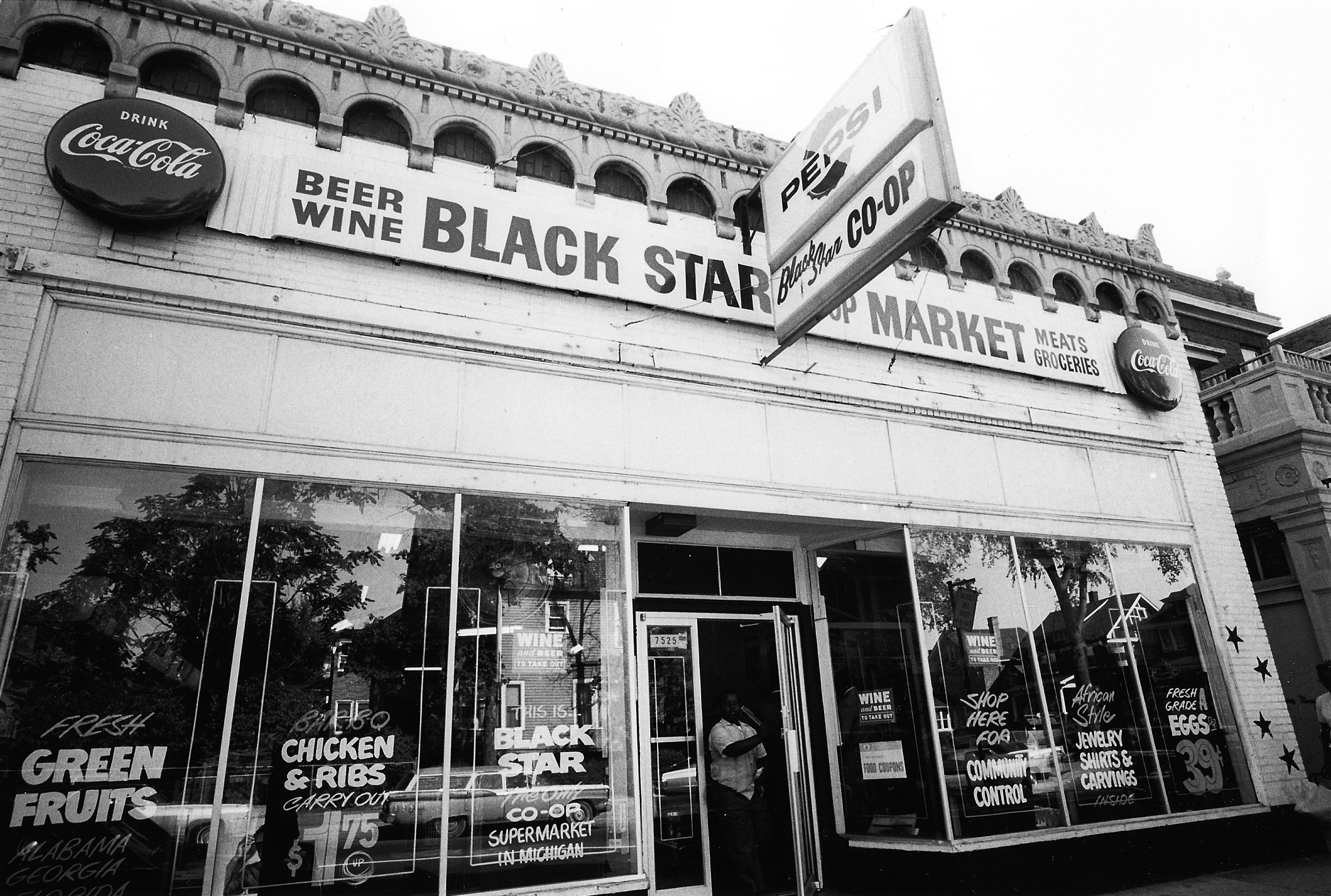
Self-determination is not something vague and abstract. It means that we must control all of the stores on all the streets in our community. It means control of the housing in our community. It means that we cannot tolerate one huge white real estate concern operating 60 percent of the apartment houses in our community.
As the days pass and we begin the complicated task of translating these objectives into concrete programs, there is going to be a lot of double-talk and confusion. Very few black people will publicly deny that they support self-determination even though many will refuse to do the things necessary to achieve it.
That is why we must have one citywide organization interpreting day in and day out the simple facts involved in black control of the black community. CCAC must help people understand what is involved.
We do NOT mean that we are going to turn the black community over to the self-seeking black capitalists. There would be no great improvement for us if individualistic black businessmen controlled the business in our community for their personal benefit. We are not exchanging one kind of economic slavery for another.
We are far beyond the days when we would proudly point to Brother So-and-So who had gotten rich from exploiting us and was driving around in a Cadillac. If a black businessman is going to operate in our community, he must contribute to it and be accountable to it.
This is the first principle of black control of the black community: the principle of accountability. Everyone who is going to do anything in the black community must be accountable to the black community.
This will be something entirely new for us. No black leader has ever considered himself accountable to the black community before — in politics, in business, in labor, in the church, or in education. So-called black leaders have considered themselves accountable only to the white man.
We were supposed to be happy and content because they were successful and could dress up and live in big houses and walk around acting like white men. Today, if a black man is exploiting the black community, he must be dealt with. We have no room for selfish individualists in politics, in business, in labor, in the church or in the professions.
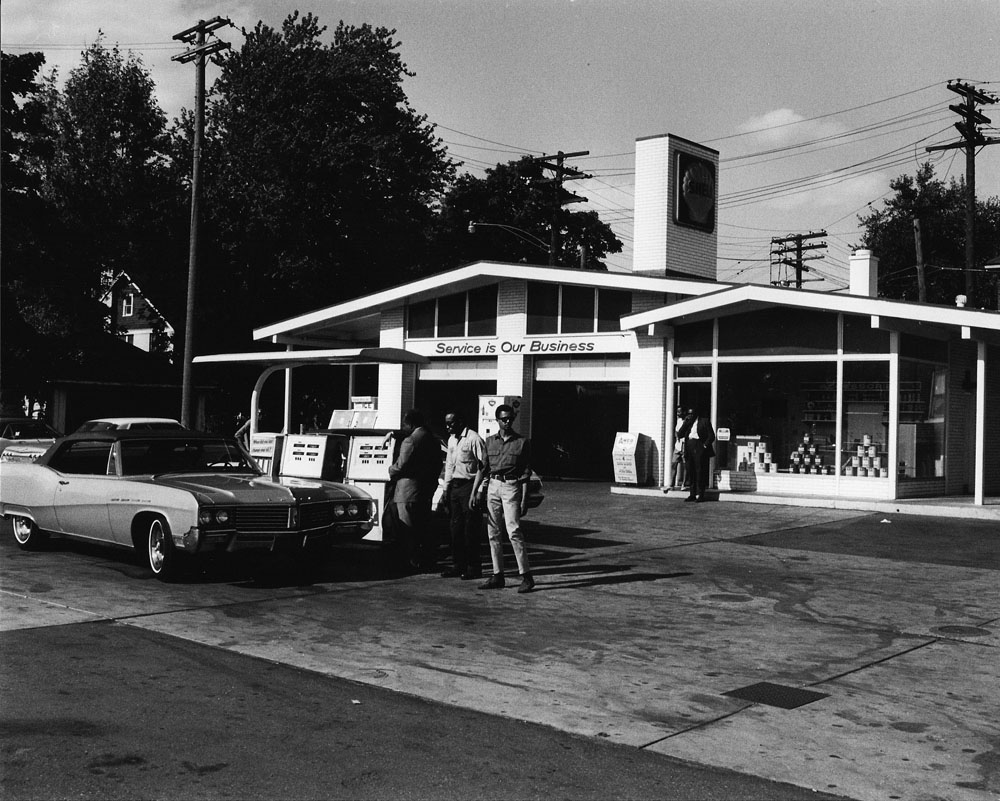
That Slavery Softness Has Got to Go
We must be willing to accept the implications of this position. We have certain so-called leaders who disappear or have nothing to say when a crucial issue faces the black community. We must have one answer for this disappearing act. When election times come around, these so-called leaders must be put out to pasture.
This is more difficult than you imagine. When election time comes, a lot of us will hesitate. People will argue that it is better to have a weak black man in office than to risk no black man in office.
They will say that he is still some help just because he is black. This is not true. If a black politician does not recognize his accountability to the black community, then he is worse than nothing. It would be better to have someone in office whom we can recognize as an enemy than to have an enemy in office who appears to be our friend.
Legislators, judges, councilmen, congressmen, every black man who holds a political office must take orders from us. The moment he begins to think his job is bigger than we are, there is nothing for us to do but take him out.
We intend to demand that everybody who works in the black community recognize his accountability to us. When he strays from the straight and narrow path, we are going to talk to him. We will take a group of brothers and we will sit down and talk over his weaknesses and shortcomings.
We are going to do just what it says in the Bible. “If a brother strays, go sit down and talk to him. If he won’t listen to reason, take some more brothers to talk to him. If he still won’t listen, then treat him like a Gentile.”
In the Bible the Gentile is the white man. That means that if he will not accept his accountability to the black community, we have no alternative but to treat him like a white man — and put him out of the [Black] Nation. That is the Bible.
A lot of you are not really ready for this. You have still got a lot of that soft slavery weakness in you. This is because you don’t take seriously the simple fact that we are fighting for survival. If a brother is betraying the Nation, he must be put out of the Nation.
We are holding everybody accountable because we are getting ready for confrontation. We can’t afford any halfway people messing us up. We are preparing for all kinds of conflict.
Don’t think we had a bad summer and everything is going to be pleasant from now on. Get yourselves ready. That old slave psychology, that softness, has got to go. We must know that if we are going to move, it is going to be by confrontation.
_______________________________
For more about the Black Star Co-op, click.
For more about the CCAC and my father in the year following the 1967 Detroit riot, follow the links below.
Prophet of possibility Pt. 1 – The Michigan Citizen by Paul Lee.
Profit of possibility Pt 2 – also from the Michigan Citizen by Paul Lee.
‘Rocco, Smitty – Getting a ticket for fishing!
This photograph was taken at “The Meadows” in Sinclair County Michigan in 1939. Evidently “Rocco and Smitty were fishing without a license in the river that ran through.
Here are other posts about the Meadows
- Henry’s Diary Part 2
- Sepia Saturday – The Meadows 1940s
- Follow up on Henry’s Diary (part about the Meadows near the end)
- Where is Gladys?
- Henry Cleage’s Journal 1936
W is for Wilkins Street
We are up to W on the Family History Through the Alphabet Challenge. This week we go back to Detroit to 556 Wilkins in Brewster Projects and the apartment I lived in during 1971/1972.
The Brewster – Douglas projects were the first government housing for black people built, not just in Detroit, but in the United States. According to Wikipedia, they were built between 1935 – 1955 and housed between 8,000 and 10,000 people. I lived there for a little over a year in 1971 – 1972 after moving from the house on Monterey. The apartment was large, bright with a view of the playground from my 5th floor window. There were 6 apartments on my floor, one elevator and two stairwells. The stairs were filthy and seldom (never by me) used.
Notice how there are now only three high rises and multiple attached houses missing today, the surrounding community is practically empty of houses. Highways cut off two sides and much vacant land on the other two sides.
Memories: Walking to Eastern Market to collect food the farmers left at the end of the day rather than haul home. The old folks who sat outside on the stoop during nice weather. They were probably younger than I am now. Sweets, my sixty year old neighbor telling me she had six children but would have had none if she could have figured out how to stop. Listening to a woman curse a purse snatcher out down on the street. Seeing one man shoot another on the playground below. Watching the police running down the street, guns drawn, looking up at the windows, until they told us all to get back. The disoriented man wandering around my hall one night. Coming home to find someone had tried to break into my apartment. Only the safety chain stopped them. Pushing the desk in front of the door after that when I was home alone at night. The bunch of rough looking dudes hanging around the door when I came home with Jilo one evening asking if Rev. Cleage was my father. Phil moving in with us and running up my phone bill calling the Black Panther party in Algiers. My sister coming to visit once and my mother being so angry I was living in the projects that she dropped her off in the parking lot and sped off. How good it was to have my own place after living in various shared/borrowed spaces for over a year. Moving out and the old folks on the stoop asking if I was going back south. I said yes because I was moving to Atlanta but it wasn’t really “back south” because this was going to be my first time living there.
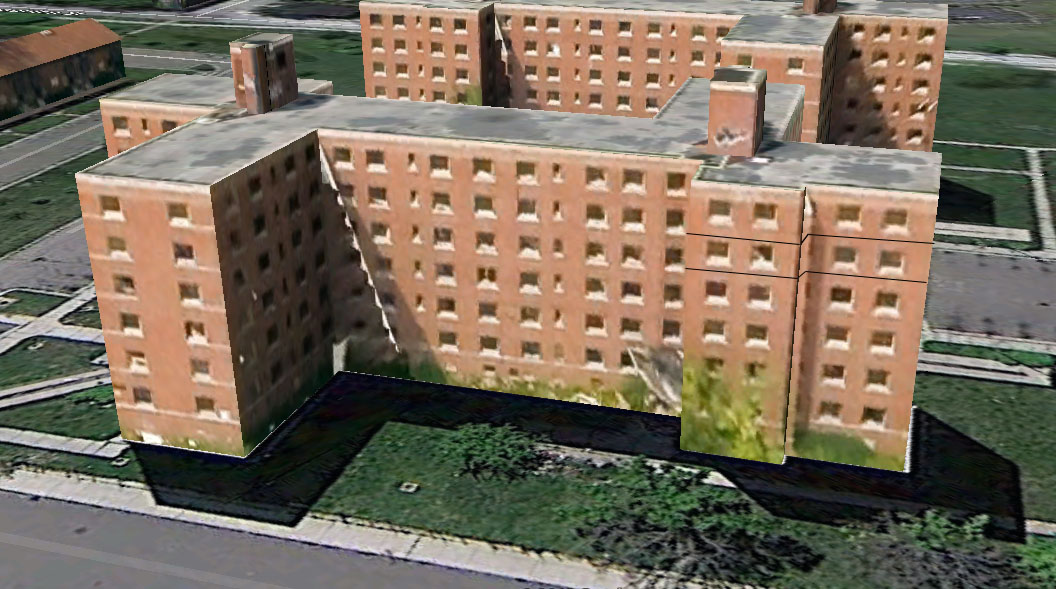
My apartment was between the lines on the right, 5th floor in this Google satellite photograph. From L to R the windows are for the Living room, Kitchen/dining area, bathroom (tiny window), small bedroom, large bedroom. There was another window for the living and bedroom on each end.
And finally, they tore it all down. Video by Paul Lee, 2014
For more information click on the links below.
- Brewster-Douglass Homes – Wikipedia
- Detroiturbex.com-Fredrick Douglass Project Towers – slide show of photos from construction to destruction.
V is for Venetian Drive
 This post continues a series using the Alphabet to go through streets that were significant in my life as part of the Family History Through the Alphabet Challenge. Venetian Drive is the street I now live on. When my husband retired in 2007, we decided to move to Atlanta where most of our children and grandchildren lived. We had looked at several houses when the realtor took us to see this one. The solarium told us this was the right house for us. There was also the wild yard that reminded us of the real woods we were leaving behind in Idlewild. Below is an article about the way the house is built. There was a studio with a kitchen and bathroom added later. The plan was to use it for an actual studio for silkscreen, sewing and other projects, but so far it has housed various family members as they settle in Atlanta. The best thing about the house is that we are close to the family. I must admit, I do wish it was on a lake and had a sunny garden spot.
This post continues a series using the Alphabet to go through streets that were significant in my life as part of the Family History Through the Alphabet Challenge. Venetian Drive is the street I now live on. When my husband retired in 2007, we decided to move to Atlanta where most of our children and grandchildren lived. We had looked at several houses when the realtor took us to see this one. The solarium told us this was the right house for us. There was also the wild yard that reminded us of the real woods we were leaving behind in Idlewild. Below is an article about the way the house is built. There was a studio with a kitchen and bathroom added later. The plan was to use it for an actual studio for silkscreen, sewing and other projects, but so far it has housed various family members as they settle in Atlanta. The best thing about the house is that we are close to the family. I must admit, I do wish it was on a lake and had a sunny garden spot.
Little Boys Wearing Dresses 1916 & 1919.
Recently I received a scan of the photograph on the left from my cousin Jan. The reverse side of the postcard type photo says “Theresa Pearl’s Birthday March 10, 1919” The handwriting looks as though the same person who wrote on the back of this photo Christmas card of Theresa Pearl. I am not sure that the woman in the photo is their mother, Blanch. I am checking. I hope I am right because I have no other photos of her.
Note: Yes, that is Blanch Celeste Reed Averette, the mother. I was able to confirm it with some of her descendants.
Below is a photograph of my father Albert at about 3 years old in a little dress. Younger brother Louis is sitting on the chair in a long gown. It was taken in Kalamazoo Michigan about 1916.
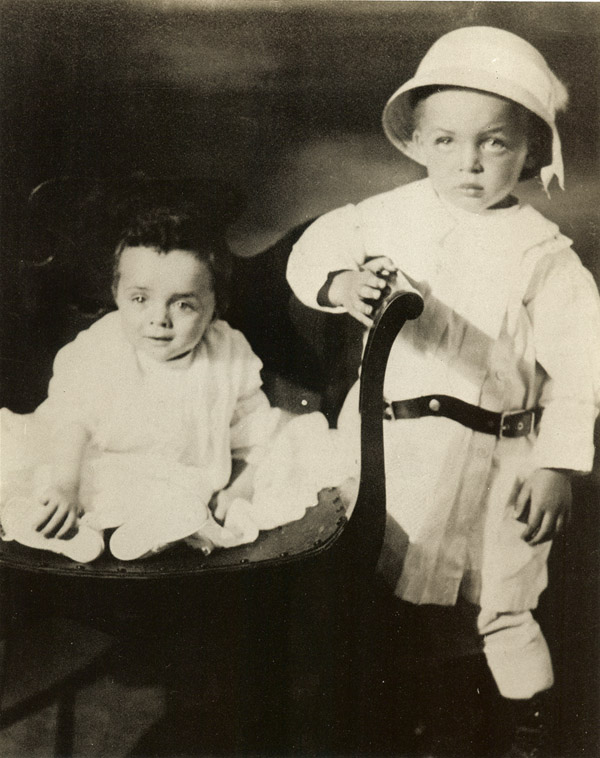
Newspaper Clipping of My Parents in San Francisco – 1944
My parents were married November 17 1943, at Plymouth Congregational Church in Detroit. They left immediately for Lexington Kentucky, where my father was pastor of Chandler Memorial Church until he accepted the position above as co-pastor of the interracial Fellowship Church in San Francisco. I had never seen this photograph before my cousin scanned it for me yesterday. There is no newspaper name or date on the clipping. Perhaps it appeared in The Sun, a black newspaper, founded in San Fransisco in 1944.
